1. Where Pets Slept: Backyard Dwellers vs. Bedtime Buddies
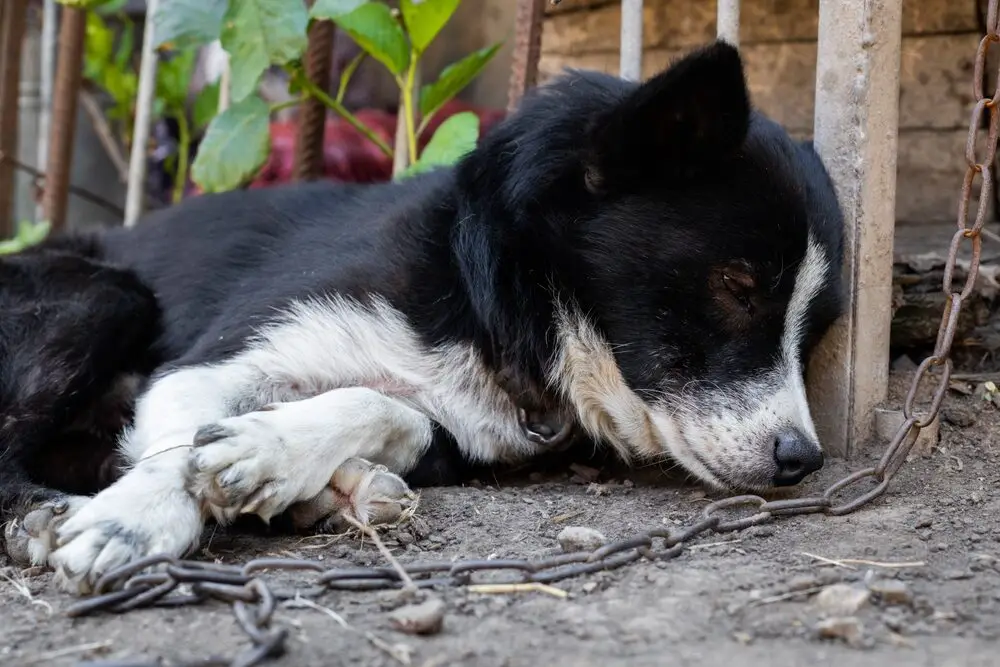
In the 1970s, a lot of family pets—especially dogs—lived outside. They had a doghouse in the backyard, often thrown together with leftover wood and maybe an old blanket inside. If it got really cold, they might be allowed in the laundry room or garage, but sleeping in the house was a rare treat. Cats were typically free roamers, coming and going as they pleased, often disappearing for days at a time. The idea of letting an animal sleep in the bed was practically unheard of unless you had a particularly spoiled lapdog.
Fast forward to today, and many pets have the comfiest spots in the house—sometimes even their own designated pet beds or fancy orthopedic cushions. A lot of dogs and cats sleep in bed with their owners, often taking up more space than they should. Heated pet beds, memory foam cushions, and even weighted blankets for anxious pets have become the norm. Instead of roughing it in a wooden doghouse, modern pets enjoy climate-controlled living with their humans. And let’s be honest—most of them know they run the house!
2. Feeding Time: Table Scraps vs. Gourmet Pet Food

Back in the ‘70s, pet food was simple. Dry kibble was the go-to for dogs, but they often got table scraps as part of their regular diet. Leftover meat, bones, and even things like gravy-covered mashed potatoes were casually tossed into the dog’s bowl. Cats were frequently fed canned tuna or whatever small prey they caught outdoors. There were very few specialized pet foods, and the idea of grain-free, organic, or breed-specific kibble wasn’t even on the radar.
Today, pet food is an entire industry filled with choices—raw diets, fresh meal delivery services, and even gourmet treats with human-grade ingredients. Owners are far more aware of their pets’ nutritional needs, with many researching ingredient lists like they would for their own food. There are allergy-friendly pet foods, high-protein formulas, and even supplements for joint health or skin conditions. Some pets even have personalized meal plans created by veterinary nutritionists. The days of casually tossing leftovers into the pet’s bowl are mostly gone, replaced by meticulously measured meals with premium ingredients.
3. Vet Visits: Emergencies Only vs. Routine Checkups and Pet Insurance
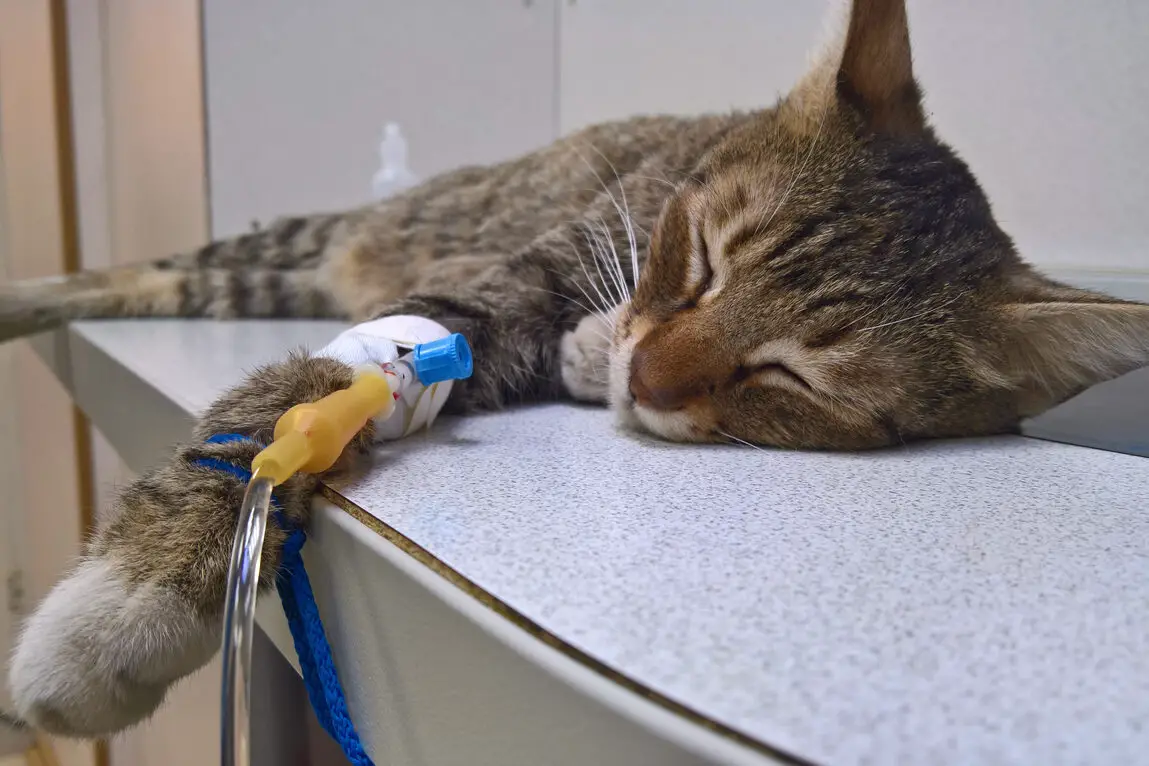
In the 1970s, you took your pet to the vet if something was obviously wrong—like a broken leg or a serious illness. Regular checkups weren’t as common, and many pets lived their entire lives without seeing a vet more than a handful of times. Spaying and neutering weren’t as heavily emphasized, leading to more unexpected litters. Vaccinations were minimal, and many pets roamed freely, picking up fleas, ticks, and the occasional fight wound. If a pet got sick, home remedies or advice from a neighbor were often the first line of treatment.
These days, routine vet checkups are expected, and many pet owners budget for them just like they would for their own healthcare. Pet insurance is a growing industry, with policies covering everything from surgeries to dental cleanings. Vaccinations, flea prevention, and wellness exams are standard, and spaying or neutering is strongly encouraged for nearly all pets. With the rise of technology, telehealth vet visits are even an option, allowing owners to consult a vet from home. Today’s pets get far better medical attention, living longer and healthier lives as a result.
4. Exercise: Free Roaming vs. Daily Walks and Playdates
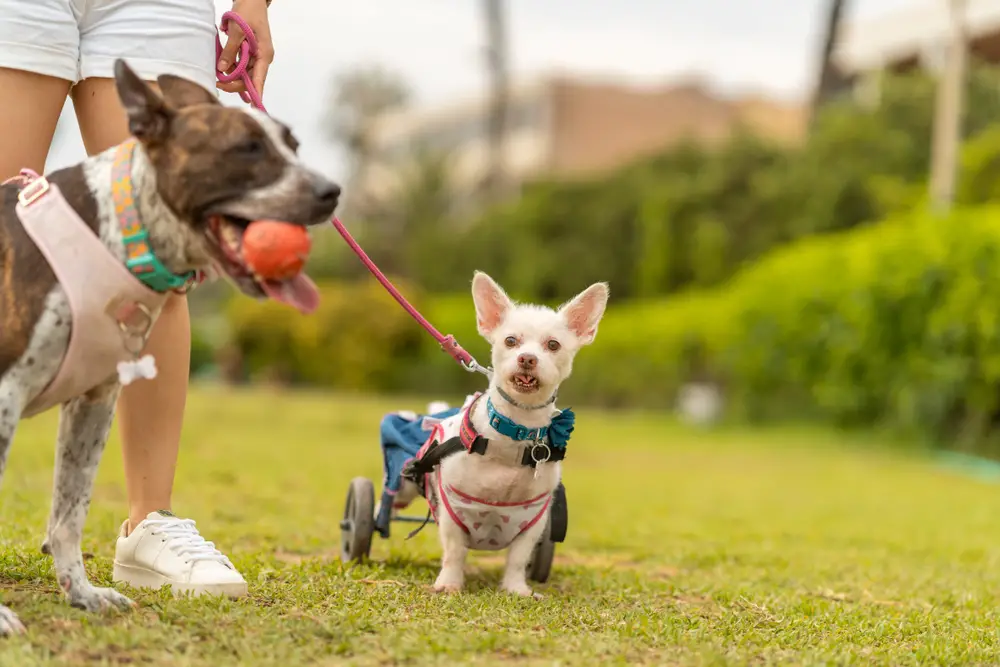
A dog in the 1970s had total freedom. Many were let outside in the morning and would wander the neighborhood all day, only coming home for food or when their owners whistled for them. Cats were the ultimate explorers, rarely kept indoors unless they were sick or pregnant. There were no fancy leashes, no designated walking routes, and no dog parks. The idea of structured exercise for pets wasn’t really a thing—animals got their activity naturally by roaming, chasing, and playing in their own way.
Today, pet exercise is a scheduled event. Dogs go on regular walks, some even wearing step-tracking devices to monitor their fitness. Dog parks have become a major part of pet-friendly communities, with designated areas for large and small dogs to play safely. Structured playdates for pets are common, and many owners take their dogs to agility training or obedience classes for mental stimulation. Even cats, once free-roaming hunters, are now entertained indoors with puzzle feeders, cat trees, and exercise wheels. While today’s pets may be safer, their outdoor adventures have been replaced by more controlled activities.
5. Training: Basic Commands vs. Behavior Science and Clicker Training
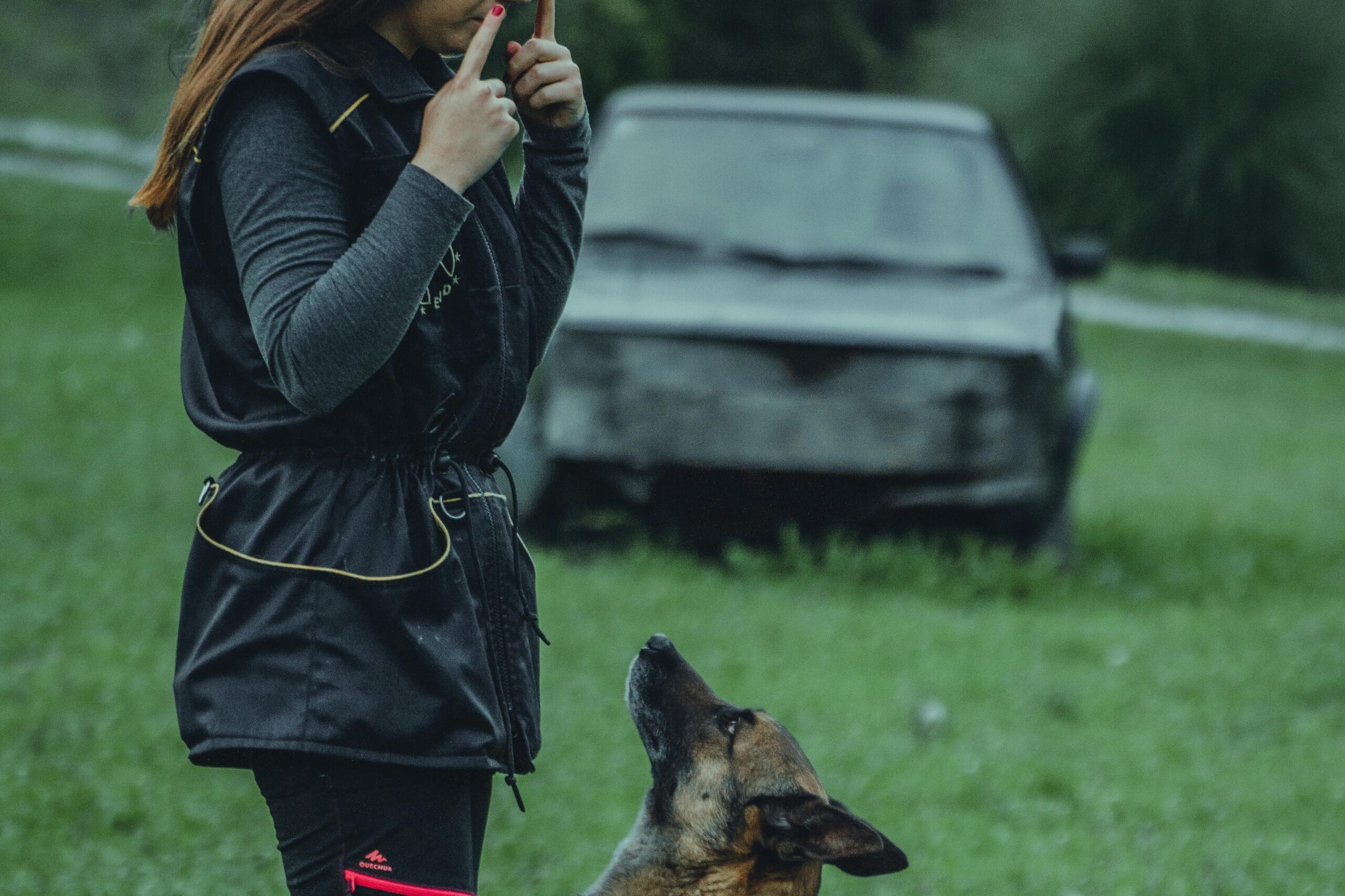
In the 1970s, pet training was straightforward—sit, stay, and maybe a few tricks if the owner was particularly invested. Training was often based on simple repetition, with a firm voice and the occasional treat. Misbehavior was sometimes corrected with a rolled-up newspaper or a scolding, and leash training was about making sure the dog didn’t pull too hard. There were no fancy training programs, doggy daycares, or specialized trainers for different behaviors. For cats, training wasn’t even a consideration—cats did what they wanted, and people accepted it.
Today, training is an entire industry, with science-backed methods shaping how pets learn. Positive reinforcement, clicker training, and even socialization classes help pets become well-behaved members of the household. Many pet owners invest in professional trainers, puppy classes, or even online training courses. Behavioral specialists exist to address specific issues like separation anxiety or aggression. Cats, once thought to be untrainable, are now taught tricks, leash walking, and even how to use the toilet instead of a litter box. Modern training is all about patience, reward-based learning, and understanding animal psychology.
6. Grooming: Occasional Baths vs. Spa Days and Stylish Cuts
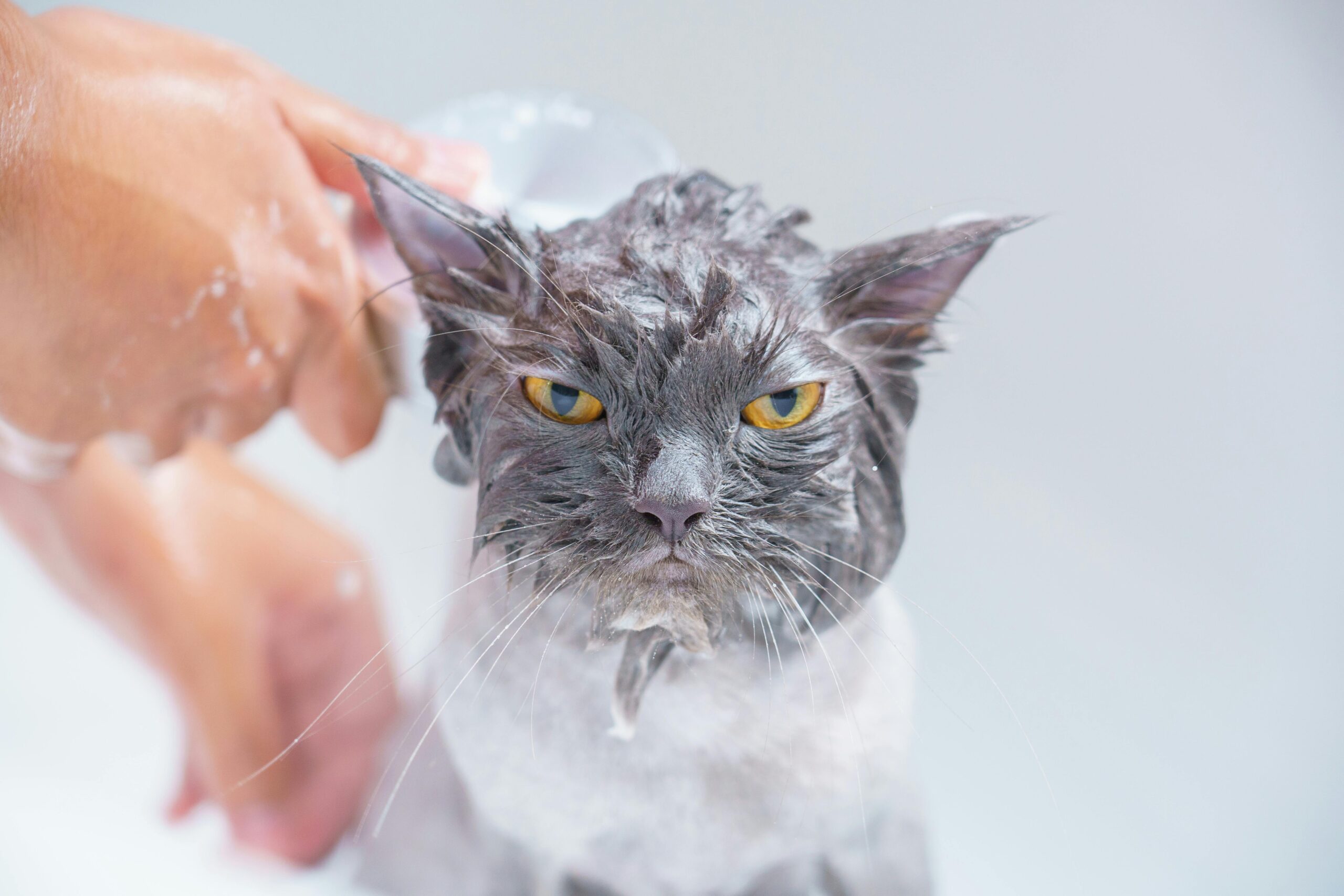
In the 1970s, grooming was basic—dogs got a bath when they started to stink, and brushing was only done if absolutely necessary. Long-haired breeds often had tangled fur, and trimming nails was a chore that many pet owners avoided. Cats groomed themselves, and unless they were particularly messy, owners didn’t intervene much. Pet shampoos existed but were basic, and there were no fancy detanglers, paw balms, or coat conditioners. Grooming was about functionality, not aesthetics.
Today, grooming is practically an art form. Many pet owners take their dogs to professional groomers for breed-specific cuts, styled fur, and even decorative accessories. Pet spas offer everything from blueberry facials to paw massages, and specialty shampoos cater to sensitive skin, allergies, and coat health. Regular nail trims, ear cleanings, and even teeth brushing are now part of a responsible pet care routine. Some pet owners even use pet-safe dyes to give their dogs colorful fur highlights. Grooming has evolved from an occasional necessity to a luxury experience.
7. Toys: A Stick and a Ball vs. High-Tech Gadgets and Subscription Boxes
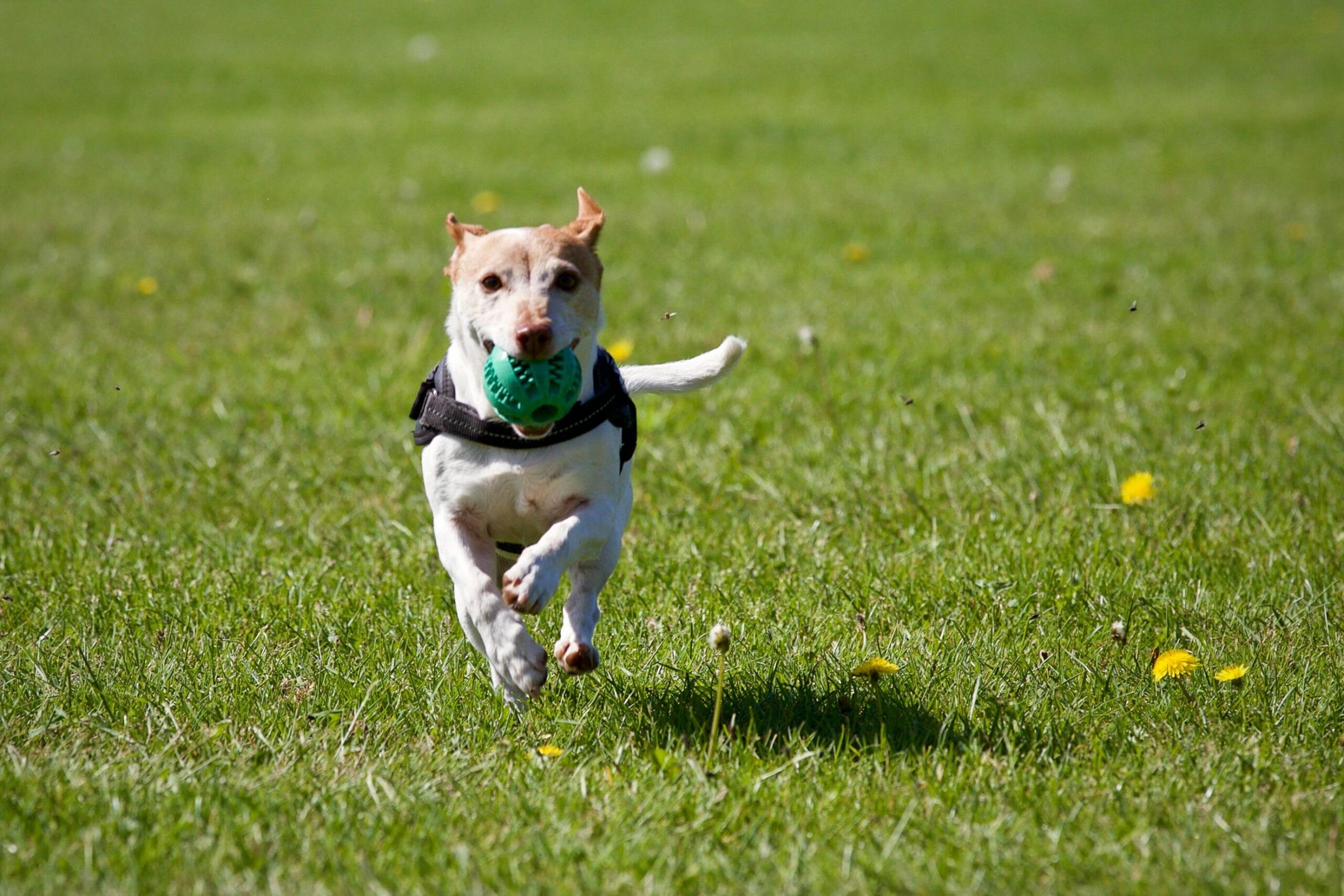
In the 1970s, pet toys were incredibly simple. A stick, an old tennis ball, or a hand-me-down stuffed animal was often all a pet needed for entertainment. Dogs would chase after whatever was thrown, and cats found amusement in crumpled paper balls or cardboard boxes. The idea of buying special toys for pets wasn’t as common, and many owners simply made do with household items. If a dog was lucky, they had a single rubber bone or a rope to tug on, and cats had a scratching post made of whatever old material was lying around.
Today’s pets have entire toy collections, often overflowing with high-tech gadgets, puzzles, and enrichment tools. There are automated laser pointers for cats, smart treat-dispensing toys, and even robotic balls that roll around on their own. Subscription boxes deliver new toys and treats every month, ensuring pets are never bored. Some owners rotate their pet’s toys to keep things fresh, while others go all out with interactive play sessions. Pet entertainment has evolved into a multimillion-dollar industry, proving that today’s animals are living a far more luxurious life than their predecessors.
8. Travel: Loose in the Car vs. Safety Harnesses and Airline-Approved Carriers
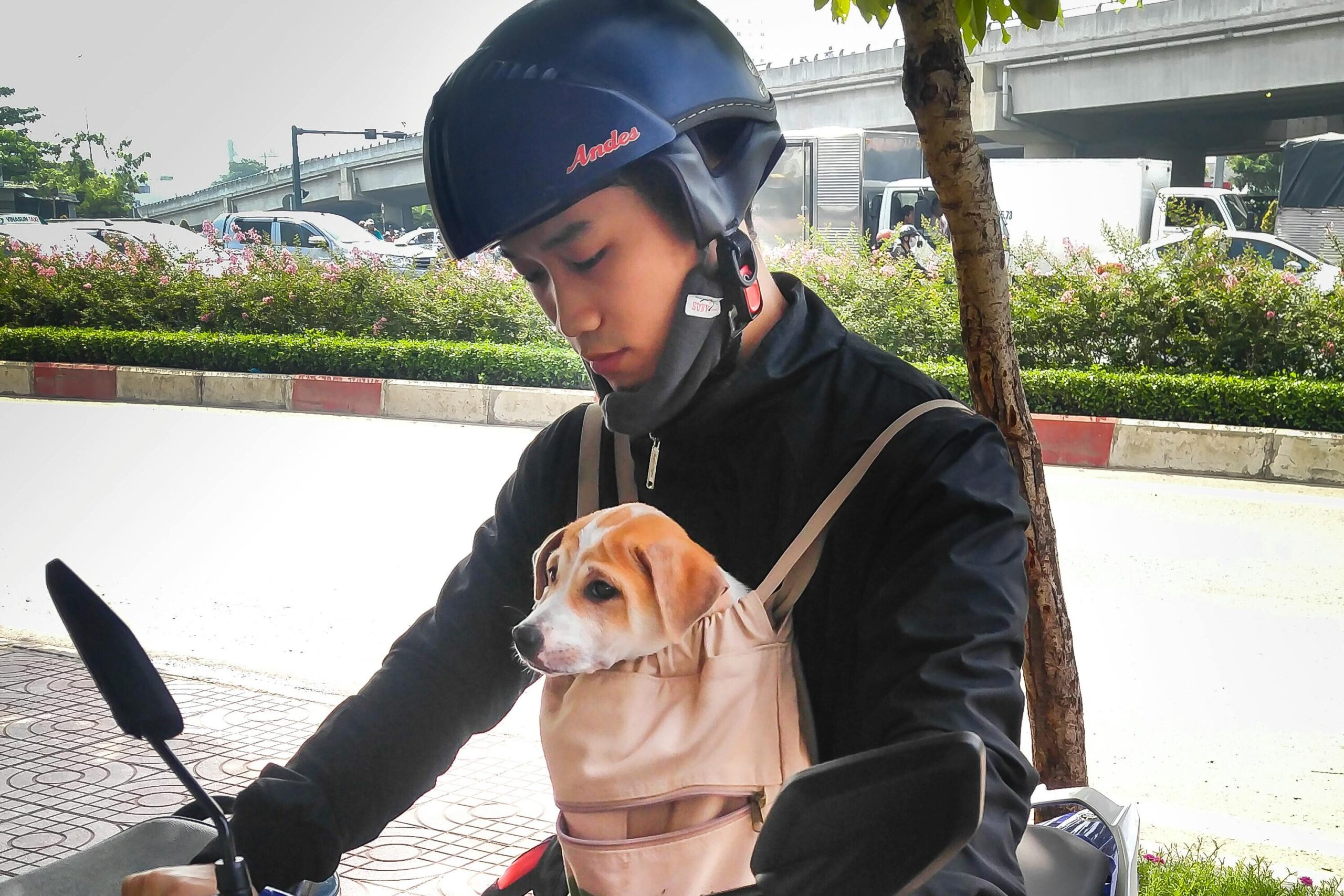
Back in the ‘70s, pets traveled in the car without much thought for safety. Dogs rode with their heads hanging out the window, and seatbelts were rarely a concern—for humans or animals. Some dogs lounged in the back of pickup trucks, enjoying the wind in their fur as the family drove around town. Cats, if they were brought along at all, were usually held in someone’s lap or allowed to roam freely inside the vehicle. There were no designated pet travel accessories, and road trips were an unpredictable adventure with a furry passenger.
Fast forward to today, and pet travel is a completely different experience. Dogs now have seatbelt harnesses, booster seats, and crash-tested carriers to keep them secure. Airline-approved pet carriers make it easier for small pets to fly in the cabin with their owners. Some vehicles even come with built-in pet-friendly features like climate-controlled cargo areas and washable seats. With GPS tracking collars and pet-friendly travel apps, modern pet owners plan road trips with their furry friends like seasoned pros. Safety and comfort have replaced the carefree, sometimes reckless, pet travel norms of the past.
9. Pet-Friendly Businesses: Rare Occurrences vs. Widespread Acceptance
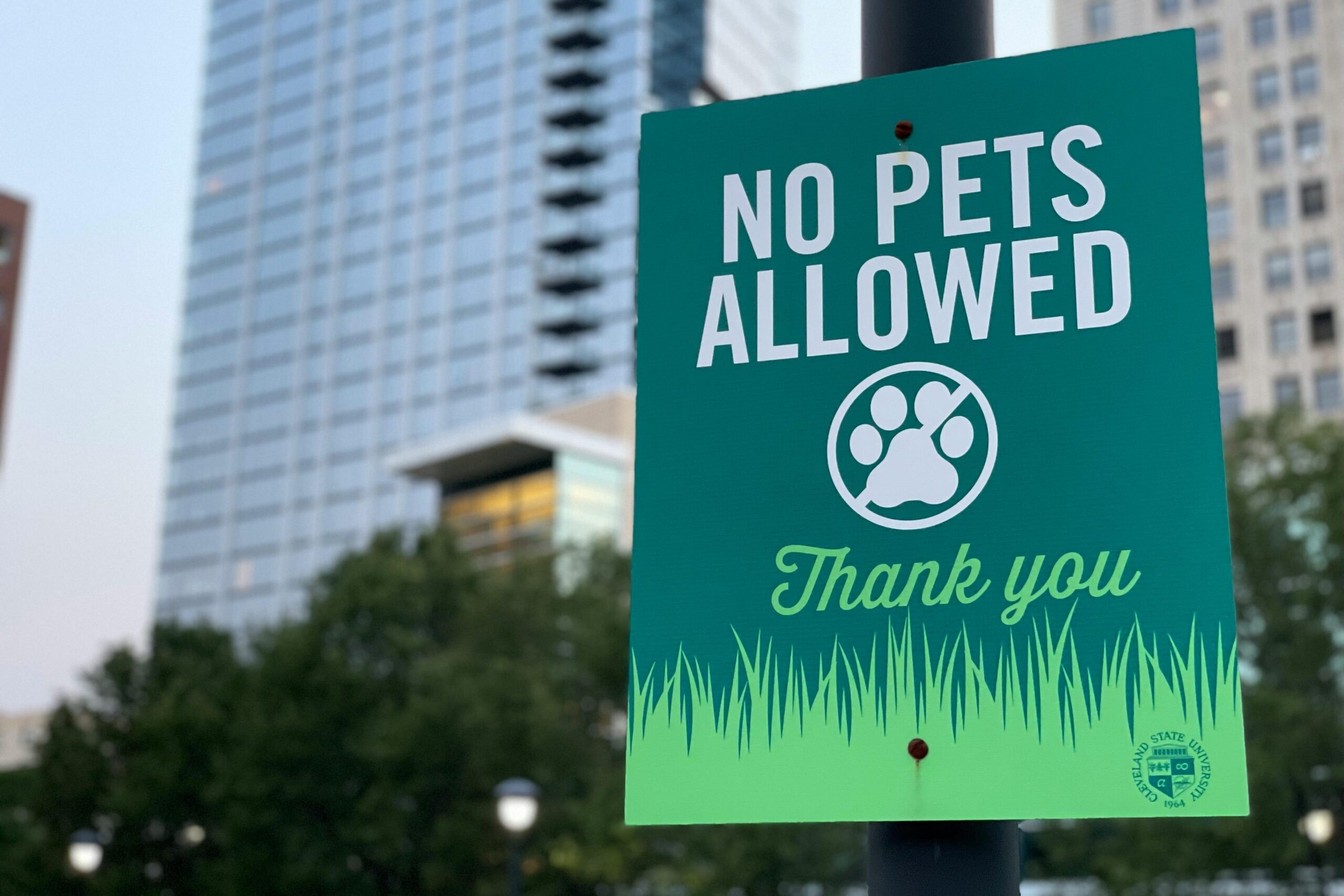
In the 1970s, bringing a pet into a store or restaurant was practically unheard of. Most businesses had strict “No Pets Allowed” signs, and service animals were the only exception. The idea of a pet-friendly café or a dog-friendly shopping mall didn’t exist. If you were running errands, your pet had to stay home or wait in the car—often with the windows cracked on hot days. Very few places catered to pet owners, and traveling with a dog or cat meant facing a lot of restrictions.
Today, pet-friendly businesses are thriving. Many cafes, bookstores, and even breweries welcome dogs with open arms, offering water bowls and pet-friendly seating areas. Hotels now have entire floors dedicated to guests with pets, and some airports have pet relief stations to make travel easier. Pet spas, bakeries, and daycare centers have sprung up, catering to the needs of modern pet parents. The shift toward pet inclusivity reflects how deeply pets have become part of the family, with more people seeking experiences that allow them to bring their furry friends along.
10. Social Media: Photo Albums vs. Pet Influencers and Viral Stars

In the 1970s, the only way to show off your pet was through a printed photo album or Polaroid snapshots. Pet owners had a few cherished pictures of their dogs and cats, but there was no such thing as “pet content” or viral animal videos. If your pet did something cute, you shared the story in person with friends and family—there was no Instagram or TikTok to broadcast it to the world. The idea of a pet becoming famous was reserved for Hollywood-trained animals like Lassie or Benji.
Today, pets have entire social media accounts, some with millions of followers. Pet influencers promote brands, wear stylish outfits, and even make money through sponsorship deals. Viral videos of dogs talking with buttons, cats doing hilarious tricks, and unlikely animal friendships dominate the internet. Some pets have their own merchandise, from plush toys to calendars, and their owners manage their online presence like a full-time job. Social media has turned pets into celebrities, making their adorable antics accessible to the entire world.
11. Pet Training Shows: Rare and Niche vs. Mainstream Entertainment

In the 1970s, very few people turned to television for pet training advice. The occasional book or local dog trainer was the best option for those who wanted to improve their pet’s behavior. There were some general pet care segments on talk shows, but detailed training guides weren’t easily accessible. Pet owners mostly relied on trial and error, word of mouth, or old-fashioned discipline to get their pets to behave. There were no reality shows about dog rehabilitation, no expert trainers with worldwide recognition, and certainly no YouTube tutorials.
Today, pet training has become mainstream entertainment. Shows like The Dog Whisperer and It’s Me or the Dog have turned trainers into celebrities, with millions tuning in to watch difficult pets transform. YouTube is filled with free training videos, and online courses allow owners to learn at their own pace. Some trainers have built entire brands around their techniques, offering books, webinars, and private coaching. The widespread availability of expert advice has made training more effective, ensuring fewer pets end up in shelters due to behavioral issues.
12. Pet Healthcare: DIY Home Remedies vs. Advanced Veterinary Medicine

In the ‘70s, if a pet got sick, owners often relied on home remedies or waited to see if the animal got better on its own. Antibiotics and prescription medications weren’t as readily available, and vet visits were reserved for serious injuries. Flea control was mostly done with flea collars or homemade solutions, and heartworm prevention was almost nonexistent. Holistic pet care wasn’t a major discussion, and many conditions that are treated today went undiagnosed back then.
Now, veterinary medicine has advanced tremendously. There are specialized vets for nearly every condition, from dermatology to oncology, and treatments like acupuncture and physical therapy are widely available. Pets have access to MRIs, laser therapy, and even stem cell treatments for arthritis. Flea, tick, and heartworm preventatives are standard, and pet owners are more proactive about their animal’s health. With advancements in diagnostics and treatment, pets are living longer, healthier lives than ever before.
13. The Role of Pets: Backyard Guardians vs. Family Members

In the 1970s, pets had a purpose—dogs guarded the house, herded livestock, or kept pests away. They were loved, but they weren’t necessarily seen as full-fledged family members. If a dog misbehaved too much, they were often sent to a farm or given away. The idea of celebrating a pet’s birthday or throwing them a party wasn’t common. Pets were important, but they were still just that—pets.
Today, pets are fully integrated into family life. They have birthday parties, wear Halloween costumes, and even get professional photoshoots. Owners plan their vacations around pet-friendly destinations, and some even take their pets to work. Many people consider their pets as their children, sometimes calling them “fur babies.” From pet memorials to emotional support animals, the role of pets has shifted from companion to cherished family member.


